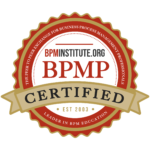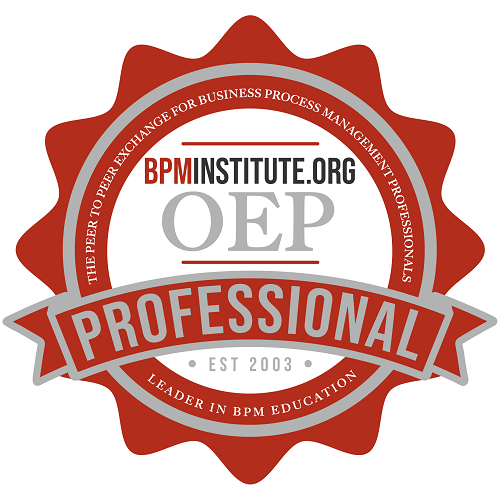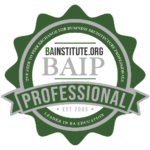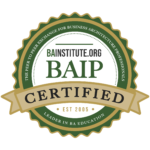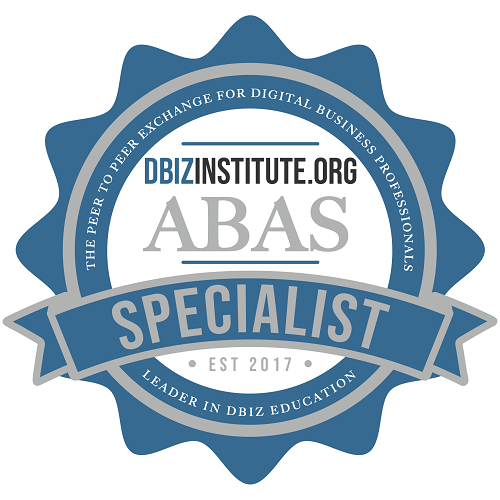In the series so far, we have seen the basic principles of business rules, roles and responsibilities of a Business Analyst (BA) and Business Rules Analyst. In this article we shall focus on the rationale of this study. What value do business rules bring to your organization? Why are organizations spending time, resources and money in understanding and implementing this ideology? How far does one go and where does one stop? Let us find out answers for these questions that bother an analyst through out the project life cycle.
Business rules are an inherent part of any process. Starting from the requirement gathering phase through testing and deployment, business rules govern the validity of the product. Business rules play a vital role throughout the software development life cycle. They act as decision points which govern and define the output of a project. In today’s world, where the impact of business rules on projects is tremendous, it is very important for an organization to identify where they belong with respect to the industry standards not only to keep up to the competition but also to produce better products and aid in successful implementation of projects. Business rules are a reflection of businesses. Or, even more correctly, the business will turn out to be a reflection of the business rules that are established.
One of the key questions to answer is how far one should go and this is directly related to the project and organizational needs. What is the extent of scoping, identifying, formulating, classifying and storing business rules desired? There are good models to help you understand and determine where your team/organization belongs such as KPI’s RMM model which helps you identify the level of business rules governance based on business logic and technical implementation. The most important factor that governs how far to go is the business vision. Is the need to document rules to an extent that aids in successful execution of a specific project or formulation of rules to address needs across the organization?
Business Rules may address the governance of a specific project. Certain business rules may be true for multiple projects and hence may be shared. There may be global business rules that hold true at an organization level. This bandwidth is one of the factors that define the level an organization has to reach in its business rules governance.
Business rules are embedded in people’s minds. They could be documented in an informal fashion or could exist in a central repository. This repository could be project specific or a global repository for an organization. This repository, for automated rules, could be a business rules engine which aids in traceability with respect to business value.
Here are some questions, the answers to which provide answers for the questions how far to go and where to stop are:
- What is your business vision? Does your current execution of identifying, scoping, formulating, classifying and storing business rules meet the business requirements or do you need to progress to the next level?
- What is your current level of scoping the business rules?
- Would extracting business rules from people’s minds and documenting them suffice the project needs? Or should they be formulated and classified?
- What is the size of your project?
- Where do rules belong? Are rules common across projects? Do rules need to be written such that they address issues across projects/organization or should they be project specific?
- How are rules documented? What is the documentation style?
- What is your current level of storing business rules? Does it serve your needs or do you need to expand on your central repository to serve diverse projects? Does it need to address rules shared across your organization?
- Is there a need for technology for mining and harvesting rules?
- What is the business control executed over rules? How far does a BA need to work with rules – is it enough for them to formulate rules to address current business processes or is there a need to merge rules with business logic?
Answers to all the above questions help an analyst identify their current level of business rules governance vs. the level that helps them meet their business vision successfully and efficiently. In today’s world, where it is crucial that IT functions as a business within a business for the success of an organization, understanding where you stand with respect to the goal can play a vital role in the efficient use of time, resources and money!






